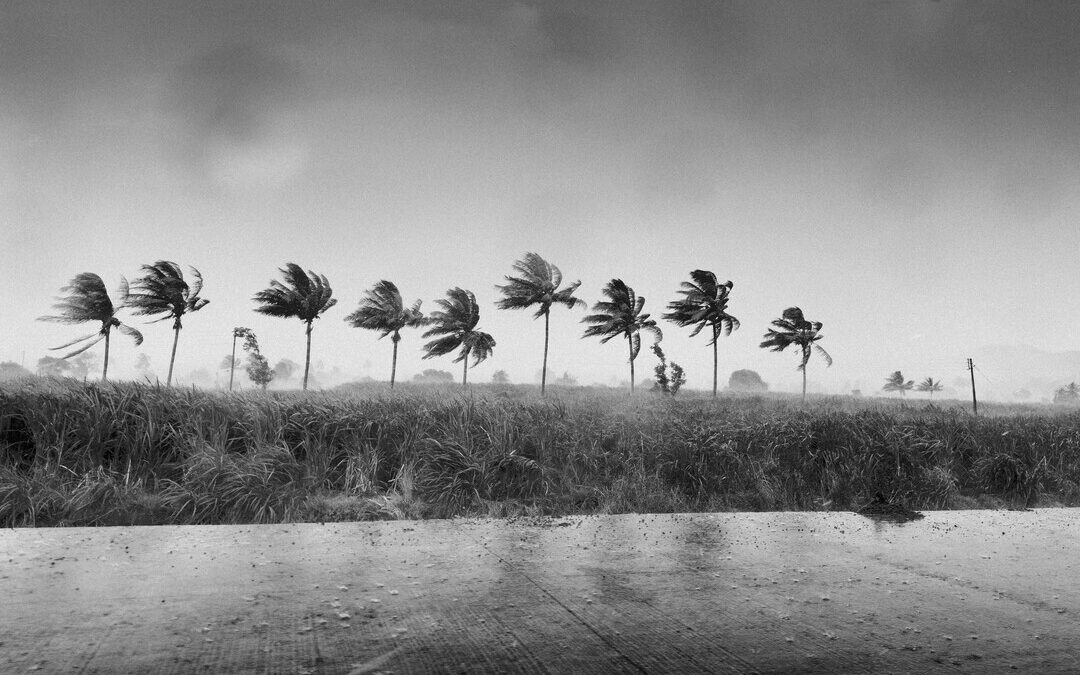Future Climate Models Suggest Heavier Monsoons Despite Weaker Winds: Study
Ancient climate data may help resolve contradictions in future monsoon projections, boosting forecast accuracy for South Asia.
Future climate projections suggest monsoon rainfall may intensify alongside a weakening of circulation, a finding that contrasts with past climate patterns and has puzzled scientists.
A new study published in Nature aims to resolve this contradiction by showing how ancient warming periods can offer insights into the South Asian summer monsoon — the world’s most influential monsoon system.
Researchers from the Chinese Academy of Sciences’ Institute of Atmospheric Physics examined the SASM’s behavior across six climate scenarios — three from the geological past and three based on future projections — using a combination of multi-model climate simulations and paleoclimate data.
The SASM delivers around 80 percent of the annual rainfall to the Indian Peninsula, western Indochina, and the southern Qinghai-Tibet Plateau, supporting agriculture and water supplies for more than a billion people.
Understanding its future under global warming is critical, yet current models suggest a paradox: Stronger rainfall but weaker monsoon circulation.
The study investigated this inconsistency by analyzing monsoon dynamics during the mid-Pliocene, which occurred about 3.3–3 million years ago, the Last Interglacial around 127,000 years ago and the mid-Holocene approximately 6,000 years ago, alongside projected scenarios for 2071–2100.
Consistent Mechanisms Across Past and Future Warm Periods
The results show that despite different external forcings — such as higher carbon dioxide levels, reduced ice sheets and increased summer insolation — past and future warm periods exhibit broadly similar SASM changes: overall increases in rainfall, regional variation in precipitation, and contrasting changes in circulation over different ocean basins.
Specifically, the study found weakened monsoon trough-like circulation over the Bay of Bengal but a strengthening over the northern Arabian Sea. This dual pattern helps reconcile previous conflicting observations and projections.
“The thermodynamic and dynamic mechanisms underlying SASM changes remain consistent across both past and future warm intervals,” said lead author Linqiang He from the Institute of Atmospheric Physics. “Differences in their magnitudes of dynamics help clarify discrepancies found in previous research.”
Thermodynamic mechanisms follow a “wet gets wetter” principle, with rising temperatures increasing atmospheric moisture.
Dynamic effects, in contrast, are driven by enhanced thermal contrasts and surface heat flux, creating uneven wind patterns across the region.
The researchers developed physics-based regression models incorporating paleoclimate and modern data based on these findings.
These models performed strongly, achieving spatial correlation coefficients of up to 0.8 for rainfall and 0.7 for circulation under high-emissions scenarios.
The authors say the results highlight the promise of using ancient climate analogs to sharpen predictions of the monsoon’s future behavior, an urgent priority as climate change reshapes South Asia’s weather systems.
Also Read:
India Expects Above-Normal Monsoon in 2025, IMD Says in Seasonal Outlook
Nirmal Menon
Related posts

Subscribe
Error: Contact form not found.


